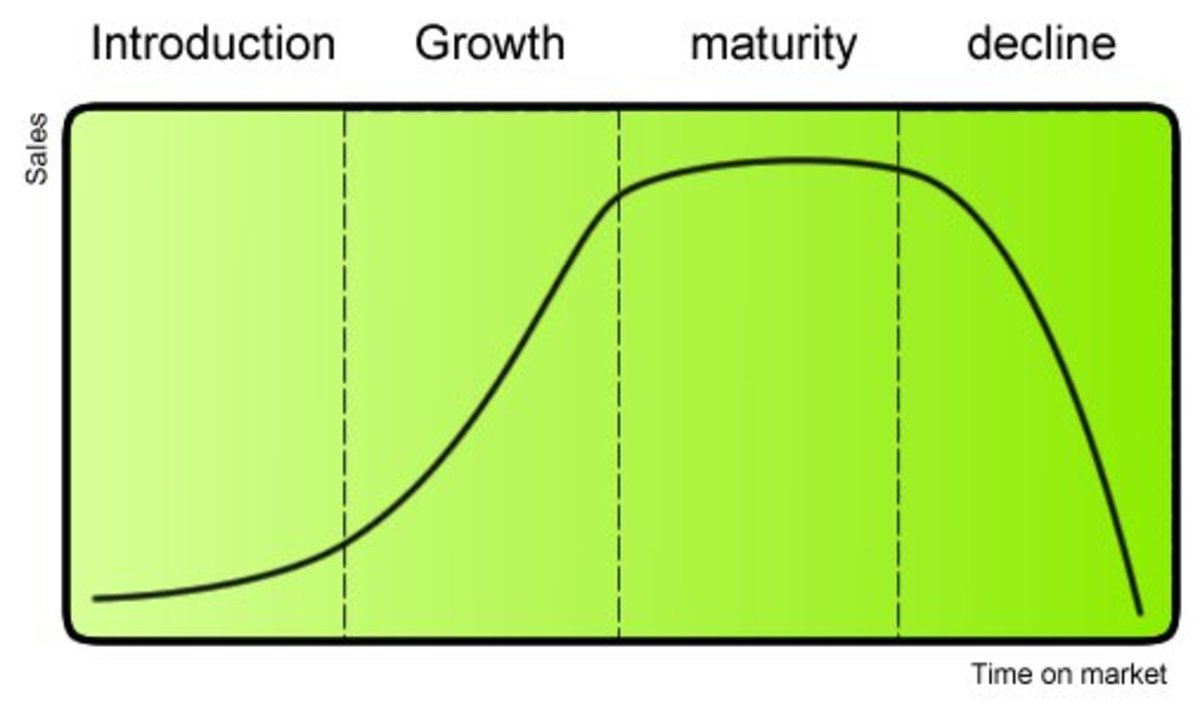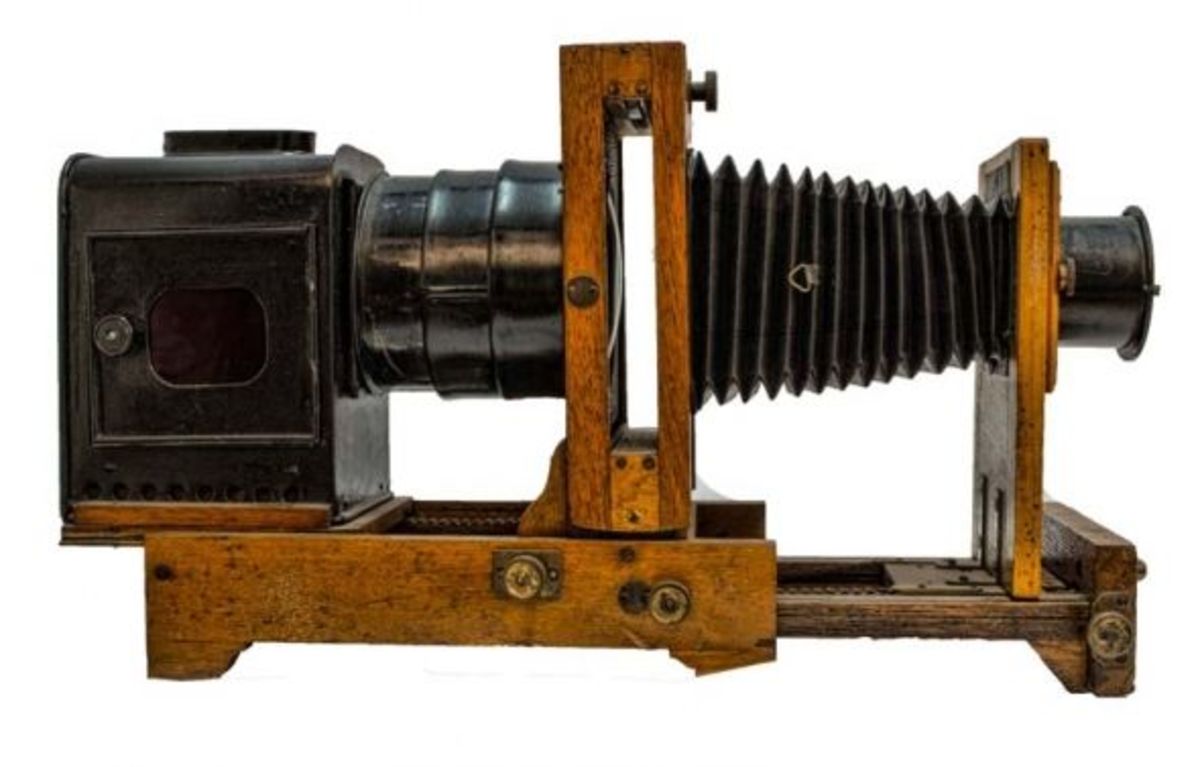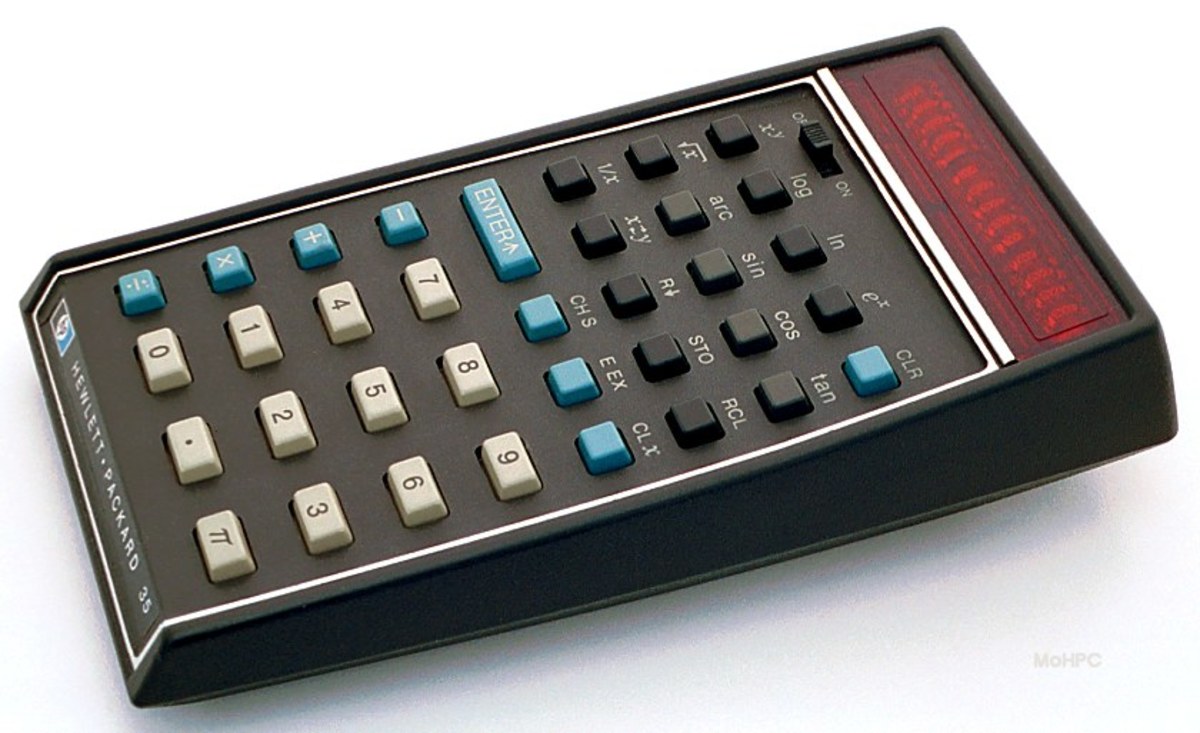Intel and GoPro Potential Merger

Intel and Gopro
I. Introduction
Intel has the opportunity to generate profit by putting their microchips in millions of GoPro cameras and becoming the largest market share leader in action cameras with the help of their veteran management team, R&D team and also utilizing their global supply chain. Intel is the current world leader in microchips, microprocessors, graphic chips, and memory chips. With this leadership and experience we believe with the acquisition of GoPro, Intel can add value to their own firm and fixing the problems GoPro is currently facing. With the acquisition of GoPro, Intel is going to completely takeover product development/optimization ultimately making one or two more premium/top of the line editions of the GoPro and selling them at a premium price. Currently GoPro cameras are broken down into different lines of cameras - Hero Session 4, Hero Silver 4, and Hero Black 4 - which range in specifications getting better and pricing going up from left to right. Intel can ultimately add and optimize components to make it the best GoPro out, while selling it at a higher price but cutting costs due to its long time supply and production chain. Intel would optimize the cameras in two areas: it will be faster and have more memory in the chip processor and faster MP/FPS (megapixels/frames per second).
II. Description of the Prime
Intel is already a world leader in microchip processing and in fact the cofounder of Intel, Gordon Moore, created Moore’s law saying how the smaller the microchip the faster the processor every 18 months. Why would Intel suddenly want to put microchips into something as off-based as a camera when they dominate the computer and laptop market? The answer is that Intel’s long term goal is to implement their microchips into all wearables. The definition of wearables is any electronic item that requires a processor that is portable, such as a watch, laptop, tablet, and of course a video camera. Intel wants to dominate the entire microchip market with their microchips after a failed attempt to dominate the smartphone market (Qualcomm is the current leader).
Intel is going to create a new line of chips called Skylake chips/processors, and these will be a part of their sixth generation chips. These chips will be going into GoPro cameras and we have already mentioned how this will increase GoPro’s memory, capacity, processing, and more. Not only is Intel making chips to improve GoPro cameras but they have also made laptops and computers more compatible to GoPro camera feed. For example, with the newest 6th generation chips, a GoPro user can have six GoPro 4k feeds merge into a single 360 degree video, encompassing multiple video feeds into one video; this is simply unheard of until now.
III. Description of the Target
GoPro was founded by surfer Nick Woodman in 2002 who saw the need for a water camera that was affordable, but also captured high quality photos. The company made headway with an initial $230,000 investment from his parents and in 2004 the waterproof HD video camera was created. In 2014, GoPro was ready to go public and offered 17,800,000 shares at 24$ per share totalling to $427,200,000. Currently, GoPro develops, manufactures and markets all of its cameras in house. It not only generates revenue from their camera sales but from their media. GoPro has achieved such a high level status with their marketing, just like Red Bull, that they have been coined a media company, which generates a flow of ad revenue from various internet avenues. Go Pro has the leading market share of about 47.50% in a competitive market. But they have been taking hits on sales and revenue due to competitors that include ION, Sony and Polaroid, who have immense experience unlike GoPro. They also lose out on potential consumers as phone/tablet cameras get better and better each year.
While GoPro reported third quarter revenue 120.37M higher than Q3 13’, their stock took a huge dive due to their revenue falling short of projections from the investment industry. The price fell to 25$ in October, only a dollar over their IPO. GoPro is even falling behind on their own benchmarks stating that, “its revenue in the most recent quarter jumped to 43% to 400$ million, but that increase still came below the company’s own guidance of at least $430M in sales for the most recent quarter” (Huddleston). GoPro is exceeding in sales in newer markets overseas but suffered a 7% drop in revenue in the Americas. With new competitors entering the market and, “expected sales for the current quarter to drop by 17% year-over-year, adding to analysts’ fears that the company’s sales have peaked,” things are not looking good for GoPro unless they make some changes or seek help fast. Here is a quick snapshot in terms of the stock price, return, riskiness and baseline financials:
- $20.13 as of December 1, 2015
- -73% in share price YTD
- ROA is 19.7%
- ROE is 30.0%
- Total Debt is 0$
- Net Income is for 2014: 111.58M
- Current Beta is .66
GoPro’s stock price has been on a slippery slope for months now and to make matters worse, just this month Polaroid filed a suit against GoPro, claiming one of their products infringes on its own patents. On October 29th, shares of GoPro were downgraded to underweight by some analysts but remains at a buy, according to FactSet. To conclude, “With skeptics declaring GoPro a fad and questioning its ability to innovate and grow its user base, the question at hand is whether the action camera maker will be able to prove the market for its cameras despite slowdowns in sales” (Marketwatch).
IV. Proposed Merger/Takeover Description
Intel and GoPro merger creates a special type of synergy. This synergy is called operational synergy. Synergy is the potential additional value from combining two firms. Operational synergy here comes from higher growth and lower costs. Intel has one of the world leading research and development teams, much more superior than GoPro’s research and development team. By Intel and GoPro joining forces, GoPro gets the added bonus of having a superior research and development team while Intel gets to start fulfilling their goal of implementing chips in all wearables, starting with the video camera market. Both companies are gaining from this merger therefore making this a practical merger, and an added operational synergistic element. The added synergy is quantified and shown in our financials section.
Part of determining the feasibility of this merger relies on assessing current financials of the target company. In order to provide a comprehensive assessment, we observed the trend in sales and computed a sales forecast of the upcoming for years (2016-2020) under the assumption that GoPro would not go through with the merger. The sales forecast for these years were determined using a moving average of sales, which gets the difference between two years and dividing it by the initial year to obtain a growth rate. This is done for all the years and after that is completed, an average is computed by adding all the calculated growth rates and dividing by the number of years. The average of these growth rates is the average moving of sales which is then applied to the years moving forward. Indicated below are the sales forecast for these years.
Projected Forecast
2016
2017
2018
2019
2020
$1,633,050,600.00
$2,253,609,828.00
$3,109,981,562.64
$4,291,774,556.44
$5,922,648,887.89
According to the forecast, GoPro is expected to exhibit a reasonable amount of growth throughout the years given that they don’t merge with Intel, which may misalign with our reasoning in support of the merger. However, it is to be noted that the sales forecast may give an inaccurate impression of how the company may perform in the future, due to skewed data used to compute the moving average of sales. As provided in the chart below, GoPro saw immense growth from 2012-2013 but little growth in the years afterwards. This adversely affected the moving average by overestimating the growth in sales that GoPro would actually experience.
2012
2013
2014
2015 (until Q3)
Net Sales
$526,020,000.00
$985,740,000.00
$1,394,200,000.00
$1,183,370,000.00
Further research into GoPro indicates that the company has paid off all their long term debt as of September 2015, and has a capital structure that entirely relies on equity. Given that, GoPro does not have a Weighted Average Cost of Capital and instead only has a Cost of Equity at 5.31%. Thus, the discount rate used for the DCF analysis is GoPro’s CAPM.
VI. Valuation of Target As A Merged Entity
In evaluating discounted cash flows of Intel and GoPro as a merged entity, we have to come to the conclusion that the merger is deemed successful. All five years, the DCF flow exhibited a significantly larger annual free cash flow than if GoPro were to remain independent. After the merger, the project that GoPro would take on under Intel would make up approximately 1.7% of the newly merged entity. That said, we took a four-year moving average of Intel’s research and development growth rate and applied it to a projected forecast of net sales after the merger. Taking into account that research and development expenses for GoPro would be the aforementioned 1.7% of total R&D along with the notion that cost of goods sold and operating expenses would be cut in half due to Intel’s technological ingenuity, we calculated what could potentially be a terminal value of $6.664 billion for the 2020 cash flow. As mentioned before, the As-Is analysis provides a higher estimated terminal value by Year 2020, but that is only because GoPro has a skewed growth rate due to how dramatically well it was performing from 2012-2013 as opposed to the downturn it has seen in 2014 and the first three quarters of 2015. It would not realistically continue the same growth trend for much longer.
Furthermore, we reformed GoPro’s capital structure to mirror Intel’s debt and equity, 11% and 89% respectively. We found it would be appropriate to pay a coupon of 6.45% on the issued bonds as well, considering Intel currently pays the same percentage.
The discount rate used to determine the free cash flows on the Merged Entity DCF Analysis is the CAPM with the unlevered beta taken into account (.61). The cash flows already reflect the interest payments after the fact of the merger, so CAPM suffices. For the calculation, we used the aforementioned .61 beta along with the market rate 6.92% and the risk-free rate of 2.19% to receive a discount rate of 5.08%.
VII. Conclusion
Upon inspection into the Discounted Cash flows and careful speculation of GoPro and Intel as a merged entity, our conclusion is that both GoPro and Intel would greatly benefit from the synergistic merge. Prior to merge, it can be observed that GoPro lacked any kind of substantial growth expected from a market share leader. With the exception of years 2012 and 2013, since its IPO in 2014, GoPro can be seen as underperforming. Despite the fact that it has the most market share as the first movers in the “action cameras” industry, it is not living up to its potential. With the help of a veteran company has the capital resources and supply chain network, we felt GoPro could continue to establish itself as one of the industry’s leaders. In examination of the Discounted Cash flows we calculated that within the next five years between years 2016-2020, GoPro and Intel as a merged entity produce substantially high NPVs with a high terminal value of roughly $73 Billion. Given its inability to meet its maximized potential, we see GoPro as only benefiting from this merger.
Works Cited
Parker, Thomas. "Welcome to Market Realist." Analyzing Intel's 3Q15 Operational
Efficiency and Cash Flows. 15 Oct. 2015. Web. 7 Dec. 2015.
Thomas, Parker. "Welcome to Market Realist." GoPro Increased Its Revenue and
Geographical Reach. 15 Aug. 2015. Web. 7 Dec. 2015.
"GoPro Inc (GPRO.O) Quote| Reuters.com." Reuters. Thomson Reuters. Web. 7 Dec.
2015.
Huddleston, Thomas. "Why GoPro's Stock Price Is Crashing Today." Why GoPros
Stock Price Is Crashing Today Comments. Fortune, 29 Oct. 2015. Web. 7 Dec.
2015.
APPENDIX
- I. GoPro As-Is Calculations
2014 Effective Tax Rate = 29.2%
Market Rate = 6.92%
Treasury Bill Rate (risk-free rate) = 2.19%
Current Beta = 0.66
Unlevered Beta .66/[1+(1-.292)(.11/.89)] = .61
Levered Beta .61[1+(1-.259)(.11/.89)]= .66
Current Market Capitalization of Equity = $2,770,000,000 (no dividends paid since IPO)
Current Outstanding Long-Term Debt = $0 this year (all capital derives from equity as of September 2015)
CAPM (Cost of Equity) = .0219 + .66 (.0692 - .0219) = 5.31%
- Intel As-Is Calculations
Current Outstanding Long-Term Debt = $20,059,000,000
Current Market Capitalization = $165,590,000,000
2014 Effective Tax Rate = 25.9%
Current Beta = 0.85
CAPM = .0219 + .85 (.0692 - .0219) = 6.21%
Cost of Debt = 6.45% (on 2005 debentures)
Current WACC = (165,590,000,000 / 185,649,000,000) * .0621 + (20,059,000,000 / 185,649,000,000) * .0645 * (1 - .259) = 6.06%
- Merged Entity
Unlevered Beta (after capital structure changes) = .61
CAPM (Cost of Equity) = .0219 + .61 (.0692 - .0219) = 5.08%










